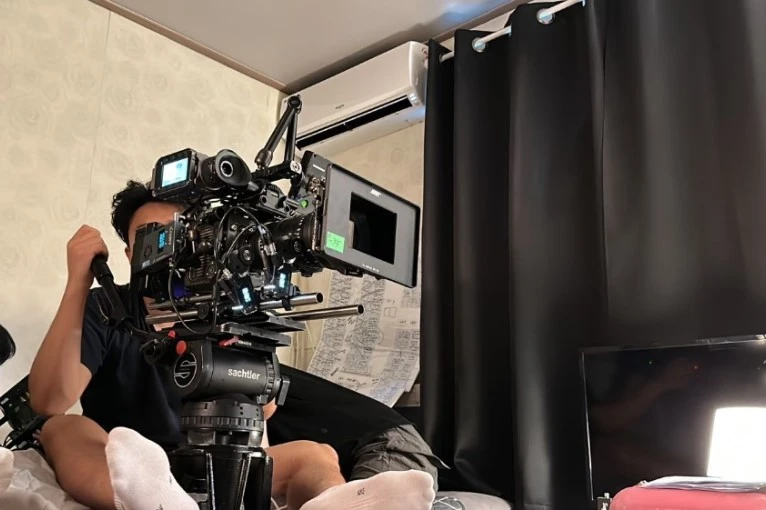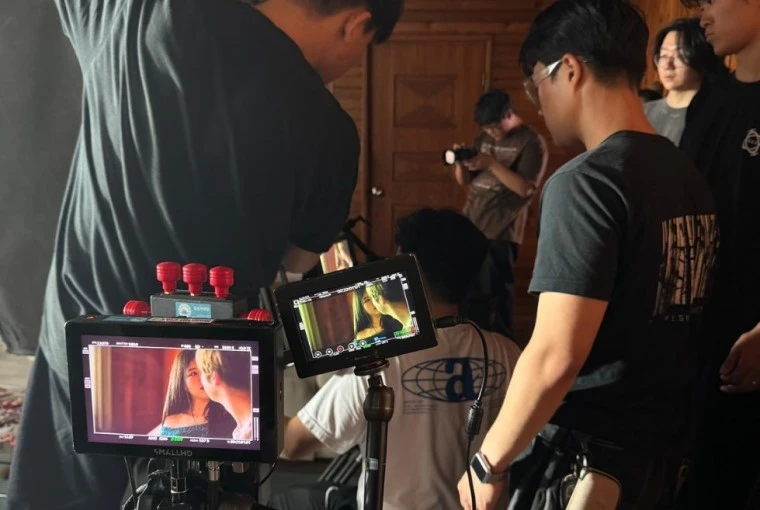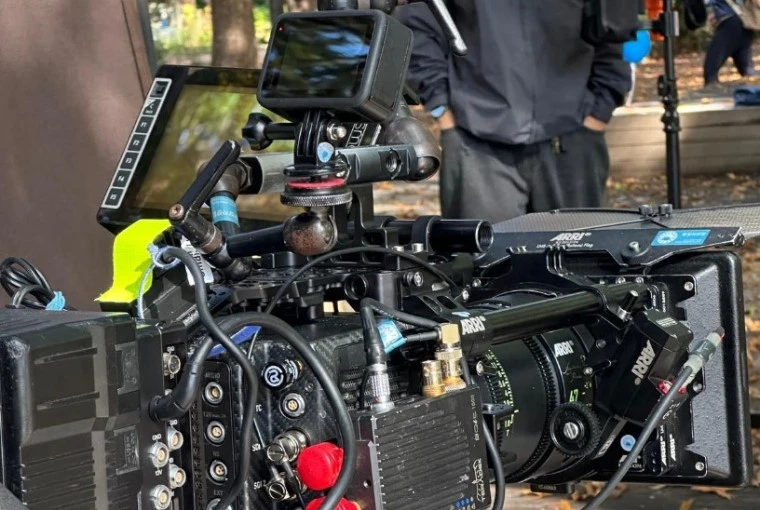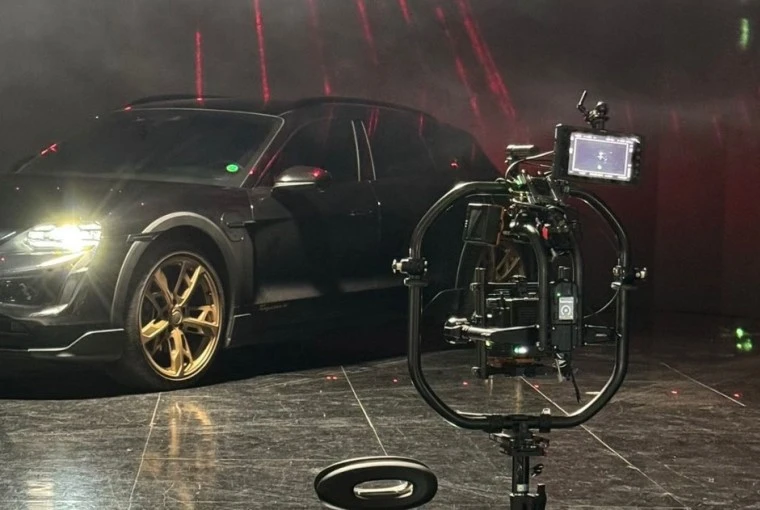NOI SIAMO LENX

Siamo una società di consulenza creativa globale specializzata in produzione di video commerciali, strategie di marketing internazionale e sviluppo del marchio. Con sedi in Europa e in Asia, aiutiamo aziende di ogni dimensione a lanciarsi, crescere e distinguersi in nuovi mercati.
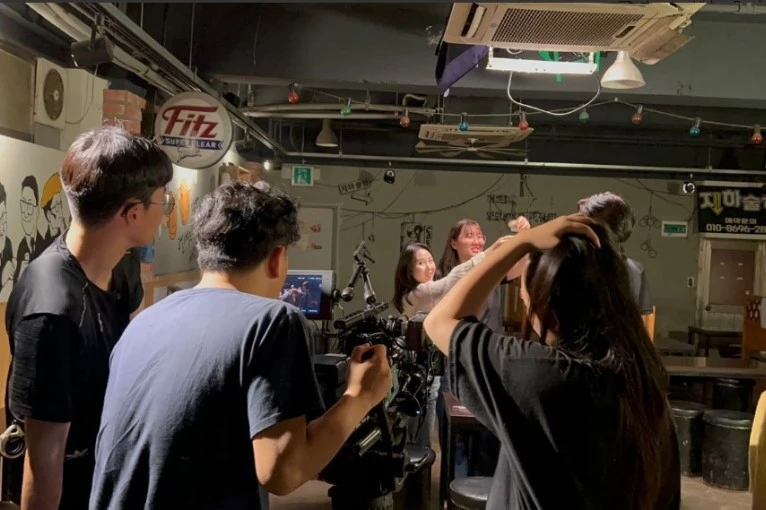
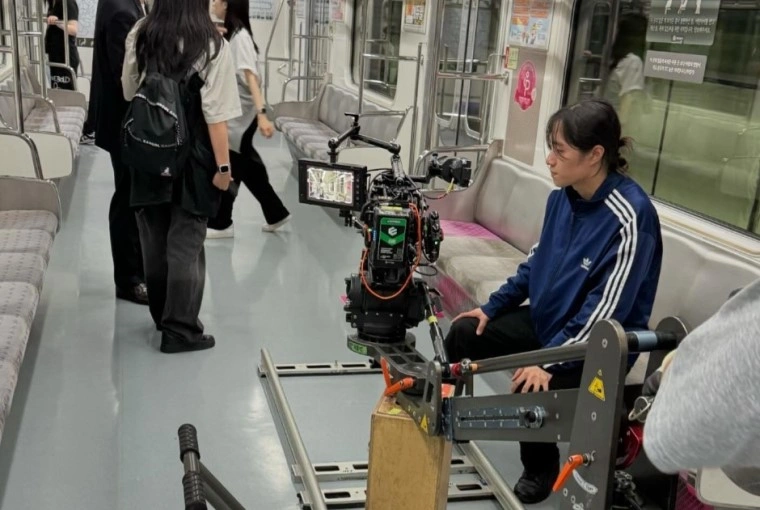
IL NOSTRO APPROCCIO
Crediamo che il marketing riguardi le persone. Ecco perché ci concentriamo sulla costruzione di marchi con uno storytelling autentico, un'intuizione strategica e una consapevolezza culturale. Prima di creare, ascoltiamo. Prima di definire una strategia, la analizziamo. Il nostro team offre una prospettiva globale con un tocco personale: esperti che producono risultati e con cui è bello lavorare.




Più che il cosa , si tratta del come
Partnership
I grandi marchi non si costruiscono in una notte. Creiamo relazioni a lungo termine con i nostri clienti, assicurandoci che il loro marchio si evolva e prosperi nel tempo. Grazie alla fiducia, alla trasparenza e a un approccio pratico, lavoriamo come veri e propri partner, sia all'interno del nostro team che con le aziende che supportiamo.
Agilità
Il mondo si muove velocemente, e anche noi. Come alternativa flessibile alle grandi agenzie di rete, ci adattiamo rapidamente alle tendenze del mercato, mettiamo a punto le strategie ed eseguiamo le campagne con precisione. Che si tratti di uno spot cinematografico o di una campagna basata sui dati, ci assicuriamo che ogni progetto sia di alta qualità, coerente e orientato ai risultati.
Reazione globale e approvvigionamento
Oltre al marketing, LenX Consulting aiuta i marchi con servizi di approvvigionamento globale, procurando prodotti e materiali di alta qualità dall'Asia e assicurando una distribuzione perfetta in Europa. Che tu stia espandendo la tua attività a livello internazionale o ottimizzando le catene di approvvigionamento, noi lo rendiamo semplice.
Collaborazione e lavoro di squadra
Non lavoriamo solo per i clienti, lavoriamo con loro. I loro obiettivi diventano i nostri obiettivi. Che si tratti di un marchio di lusso, di un innovatore tecnologico o di un'azienda di beni di consumo, il nostro mix di strategia creativa, visual storytelling e informazioni di mercato fa sì che il tuo marchio non solo cresca, ma prosperi.
Il team dietro LenX
I grandi marchi sono costruiti da grandi persone. In LenX Consulting, siamo un team di strateghi, creativi e risolutori di problemi che si nutrono di innovazione e collaborazione. Grazie alla nostra esperienza nella produzione video, nella strategia di marketing e nello sviluppo del marchio, diamo vita a idee audaci e ci assicuriamo che abbiano un impatto reale.

Cody Lennox

Ken Nathan

Daniel Baek

Artur Chrapowicz

Heeju Kim

Lucy Lee

Alice Qing

Cathy Do

Matteo Santoso
Guidato dall “uomo e guidato dall” intelligenza artificiale
La creatività è il nostro fondamento e la tecnologia amplifica il nostro impatto. Integrando strumenti basati sull'intelligenza artificiale nel nostro flusso di lavoro, acceleriamo la ricerca, ottimizziamo le strategie di marketing e snelliamo i processi. Il risultato? Campagne più intelligenti, approfondimenti più accurati e un vantaggio competitivo in ogni mercato.

